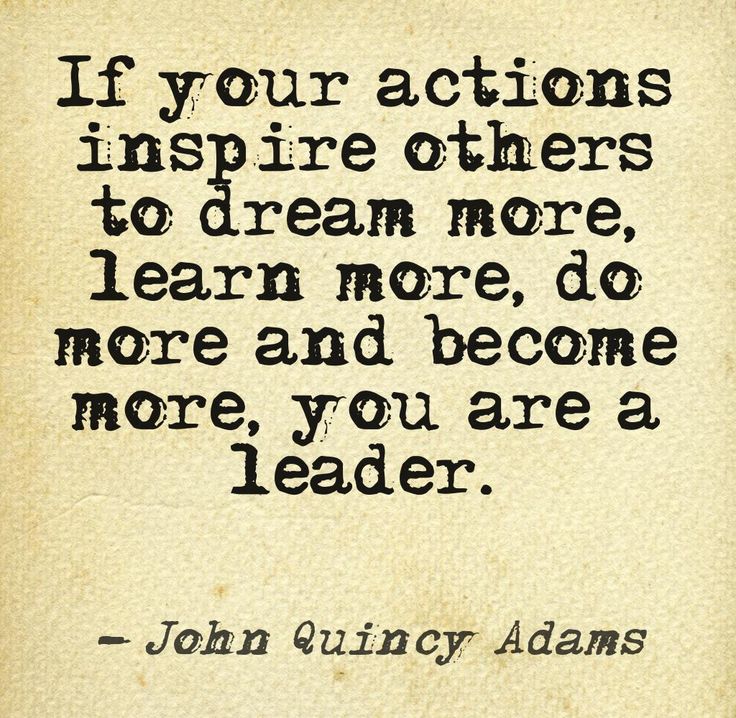
Influence in the first 30 Seconds – 5 Must Haves to Rock Your Opening
August 15, 2017
4 Signs You’re Not as Influential as You Think
September 10, 2017
How many times have you heard this closing to a meeting, virtual or face-to-face conversation?
“Thank you for your time. I hope you found the information today beneficial. I look forward to your feedback.”
You work hard during your conversations to influence your listeners to take action. The mistake many individuals make is to close with a weak message that doesn’t give listeners any reason to take action. With the example above, your listeners walk away confused, wondering why you even bothered having the conversation.
Be careful with the word “hope” in your openings and closings. Hope communicates doubt and lacks credibility and confidence.
To make sure your listeners are clear on what you are asking them to do and to motivate them to take action, apply these four steps when you close all conversations, meetings, presentations and email messages, as well as face-to-face and virtual conversations.
- Close in 30 Seconds or Less. Close by stating your Opinion, Specific Action Step and Benefits. The specific action is critical. It clearly communicates what you want your listener to do. Listeners will only take action if your specific action step for them is measurable and attainable. For example, if you want to influence your client to buy your services, here is one of many closing options using an Opinion, Specific Action and Benefits: Our products are the best in our industry.
This week re-examine your top clients and create a strategy for building even stronger relationships with them by the end of the week. Communicating with influence is essential for building long-term relationships with our teams and clients. This process will give you clear direction and focus, increase the number of products you sell and put more money in your pocket.
In the Aug. 15 blog, we discussed S.P.A.R.K.™ Your closing is another opportunity to grab attention and increase memorability by using a S.P.A.R.K.™ One option is to tie your closing S.P.A.R.K.™ with the opening S.P.A.R.K.™ For example, you may have shared a story in your opening. Tie your key takeaway or your specific action step back to the takeaway from your opening story. Your S.P.A.R.K.™ is communicated after your Opinion, Specific Action Step and Benefits.
In 30 seconds or less (outside of closing with your S.P.A.R.K.), your listeners are clear on where you stand, what you are specifically asking them to do and the value they receive. You can state your opinion, action and value in any order you want based on your listeners’ needs and their concerns or key points that were discussed during your conversation.
- Choose Your Words Wisely. You probably have heard many closings that end this way: “in conclusion” or “in summary.” This approach invites your listeners to stop listening and move onto their next task. You will not be able to influence your listeners if they are missing the specific action step and benefits.
- End on Time. Going over time is disrespectful of your listeners’ time. When you are running out of time, immediately go to your closing. Your opening and closing are the most persuasive elements to your message. Therefore, you cannot afford to miss those.
Committing to a 30-second closing allows you to still communicate what you are asking your listeners to do and the value you receive while staying on time.
- End Strong! Another element that determines whether or not you are able to influence others is if your listeners believe the time spent with you was valuable. The steps described above allow you to close with confidence, credibility and trust. Use these steps for all interactions, meetings, presentations, virtual conversations and day-to-day impromptus. If you are like most, your day is filled with impromptu conversations with limited time to prepare. You now have a quick and effective method for tackling the unexpected and influencing others.
This week, take a closer look at how you close your conversations.
- Are you communicating an opinion, a specific action and benefits?
- Do you close with a clear message in 30 seconds or less?
- Ask for feedback from someone you can trust. Do you clearly communicate what you’re asking them to do and what value they receive?
Drop me a note to share the action steps you will commit to this week to close all conversations using an opinion, specific action step and benefits. Tag me on my Facebook page.
If you missed one of Stacey’s previous blogs or tips, visit her online.
What Achievers Read
Mindset: The New Psychology of Success, by Carol S. Dweck

Enjoy a complimentary chapter of my new book “Influence Redefined” –
click here: http://bit.ly/2tmAisI




